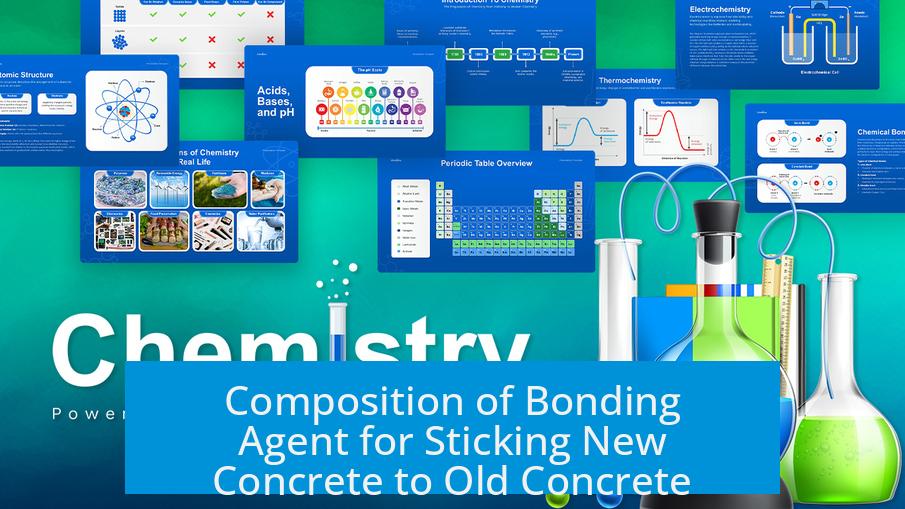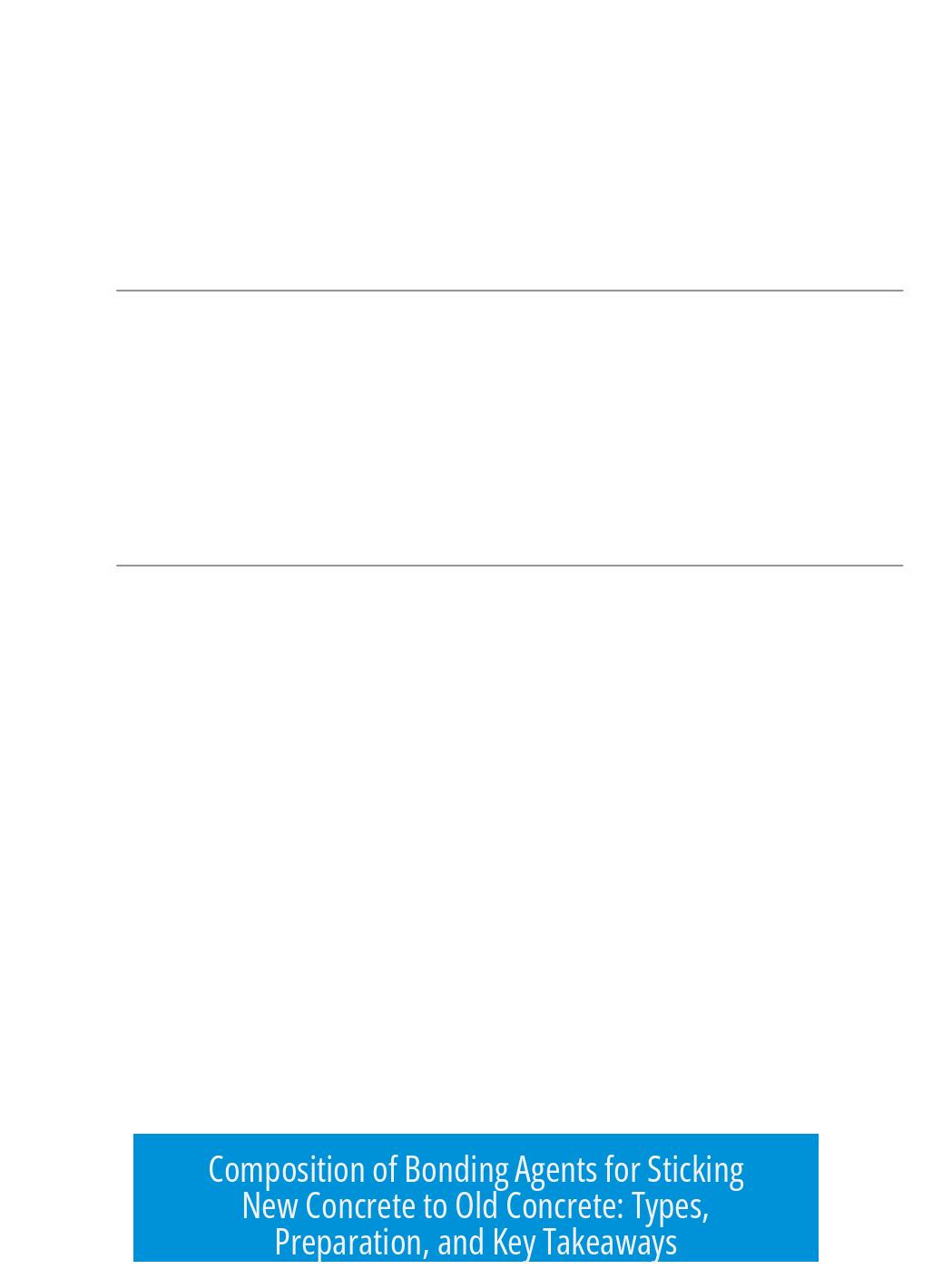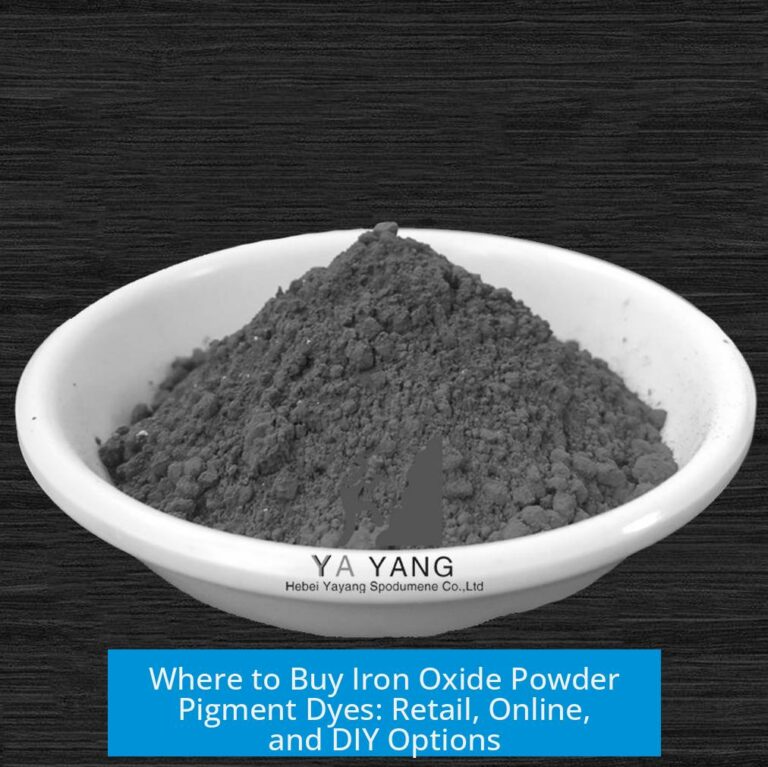Composition of Bonding Agent for Sticking New Concrete to Old Concrete

The composition of a bonding agent for adhering new concrete to old concrete ranges from simple cement slurry to advanced polymer latexes, depending on the application and required durability. The choice impacts adhesion strength, water resistance, and freeze-thaw durability.
Essential Preparation Steps Before Application
- Remove grease and contaminants from the old concrete surface.
- Perform an acid wash to enhance surface roughness and bonding.
- Rinse thoroughly and neutralize any residual acid.
- Apply the bonding agent evenly.
- Finally, apply the new concrete, mortar, or render layer.
Skipping these steps compromises the bond and leads to failure.
Types and Composition of Bonding Agents
1. Cement Slurry (Water + Portland Cement Powder)
This is the oldest and simplest bonding agent. Mixing water with portland cement powder creates a slurry applied between old and new concrete.
However, this method provides weak adhesion and is prone to cracking and delamination. It lacks flexibility and resistance to environmental stresses.
2. PVA Glue
Polyvinyl acetate (PVA) glue offers improved adhesion by creating a tacky film upon which fresh concrete can be laid.
Regular woodworking PVA glue is unsuitable due to its water absorption and potential re-emulsification. In damp conditions or freeze-thaw cycles, it may cause swelling, cracking, or bonding failure.
3. Modified PVA or Acrylic Latex (DIY Preferred Option)
Modified PVA or acrylic latexes improve water resistance and adhesion without re-emulsifying in damp environments.
This makes them suitable for most non-professional repairs where moderate durability and moisture resistance are required.
4. Professional Grade Bonding Agents
- Styrene Butadiene Rubber (SBR) Latex: This synthetic rubber latex enhances water resistance and freeze-thaw durability.
- Styrene-Acrylic Copolymer Latex: These are specialized formulations resistant to cement alkalinity and provide strong, durable bonds.
Such products are favored in professional settings, especially for external vertical surfaces exposed to weather.
Summary of Bonding Agent Compositions
| Type | Composition | Advantages | Limitations |
|---|---|---|---|
| Cement Slurry | Water + Portland Cement | Simple, low cost | Weak adhesion, no moisture resistance |
| PVA Glue | Polyvinyl Acetate | Improved adhesion | Water sensitive, poor for wet/freeze conditions |
| Modified PVA / Acrylic Latex | Modified Polyvinyl Acetate or Acrylic Polymers | Water resistant, good adhesion | Moderate durability for DIY use |
| Professional Latex | Styrene Butadiene Rubber or Styrene-Acrylic Copolymer | Strong, water & freeze resistant | Higher cost, typically professional use |
Key Takeaways
- Proper surface preparation is critical for bonding effectiveness.
- Simple cement slurry bonding is inexpensive but weak.
- Regular PVA glue is not suitable for wet or freeze-prone areas.
- Modified PVA or acrylic latexes offer improved water resistance for DIY projects.
- Professional-grade bonding agents use styrene-butadiene or styrene-acrylic latexes for best durability and resistance.
What is the simplest bonding agent composition for new concrete to old concrete?
The simplest bonding agent is a mix of water and Portland cement powder. It requires no adhesive but offers the weakest bond and is generally not recommended.
Why is regular woodworking PVA glue not suitable for bonding concrete?
Regular PVA glue absorbs water easily. This causes swelling and cracking in new concrete, especially in wet or freezing conditions, leading to bond failure.
What makes modified PVA or acrylic latex a better DIY bonding agent?
Modified PVA or acrylic latex does not re-emulsify when damp. It provides better adhesion and water resistance, suitable for most home concrete repairs.
Which professional bonding agents offer the best durability and resistance?
Professional options use styrene butadiene rubber (SBR) latex or styrene-acrylic copolymer latex. These create water-resistant, freeze-proof bonds ideal for external concrete work.





Leave a Comment